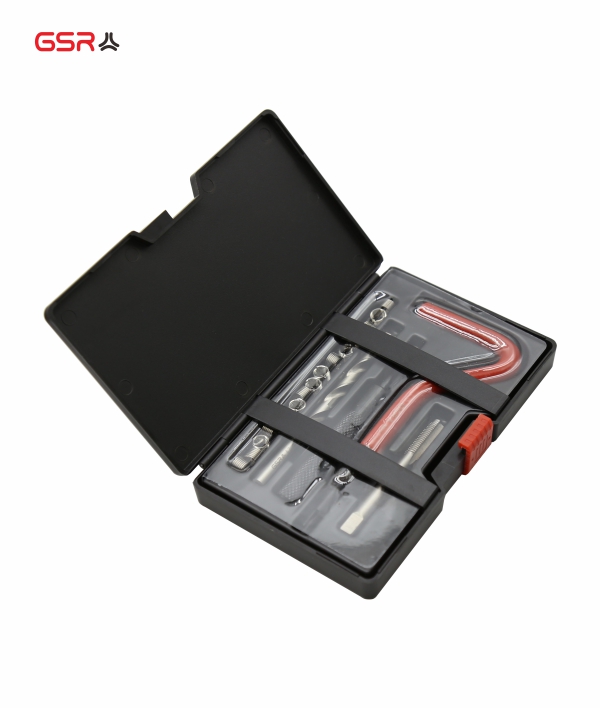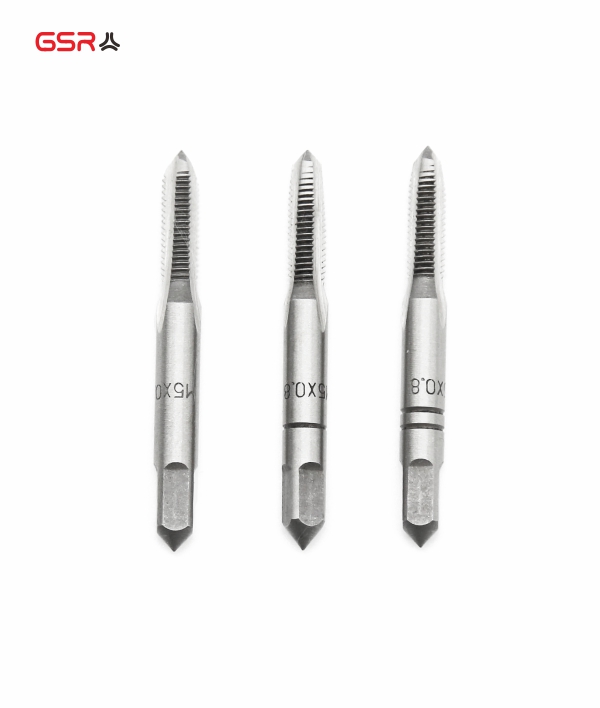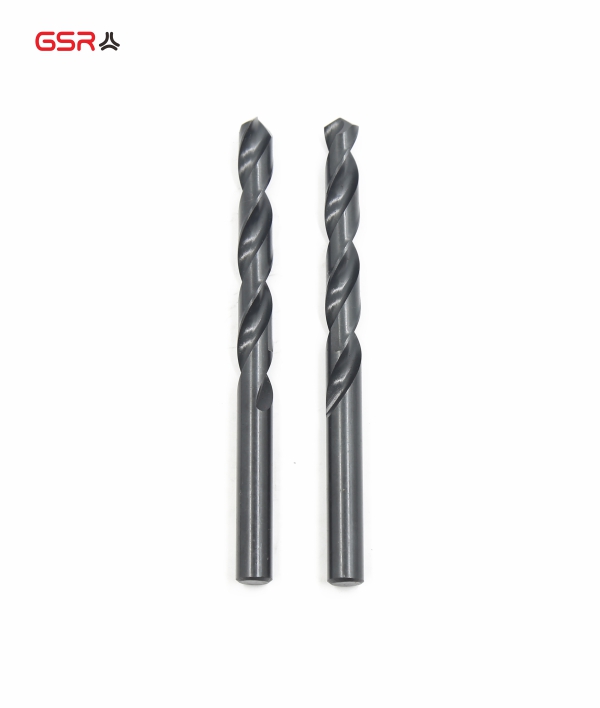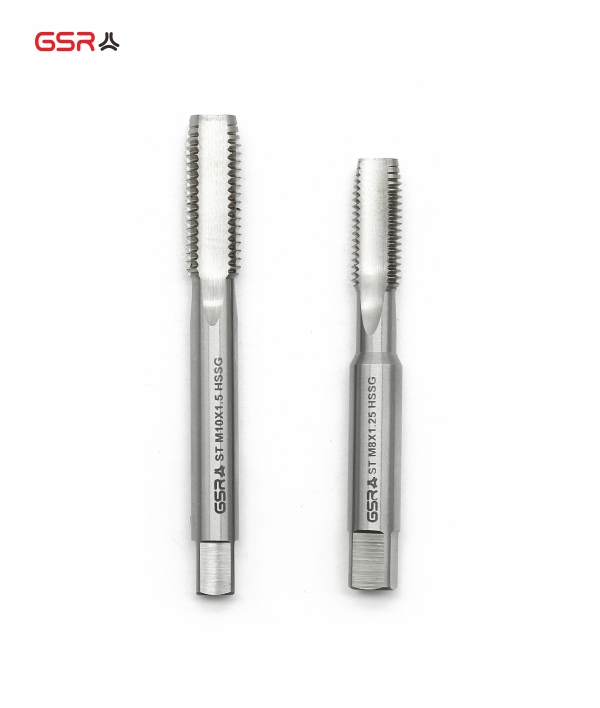Methods of Machining Internal Threads
Thread machining is the process of machining a large number of threaded parts with a tool. Methods of machining internal threads include tapping, extrusion, turning, milling, and grinding.
Internal thread tapping
Tapping is an effective and commonly used machining method. Tapping is a continuous cutting process in which the work material is cut off by a sequential arrangement of cutting edges. The final thread size is obtained in one pass. Taps are manufactured specifically for the large, small, and medium diameters of the threads. Since taps must be rough and finished in one pass, they must efficiently expel large amounts of chips and can generate excessive pressure, which can lead to thread quality problems or damage the tap. Spiral-fluted taps have variable chip-guide grooves for excellent chip control.
Internal thread extrusion
By transferring workpiece material, extrusion taps can machine internal threads up to 4 times the diameter. Since no chips are produced, there is no concern about chip formation. However, the extrusion of threads requires that the hardness of the workpiece be limited to approximately HRC 40 or less. In addition, the workpiece material must have good ductility due to the need to transfer material. The diameter of extrusion taps is usually less than 19 mm and can be as small as 0.5 mm. The larger the tap diameter, the higher the friction generated during machining and the higher the power requirements of the machine tool.
Internal thread turning
An alternative method of machining internal threads is on a multi-axis machine or a lathe with indexable inserts or integral micro-boring tools. This machining can be done with single or multi-tooth inserts. Multi-tooth inserts have multiple teeth on each cutting edge, and each subsequent tooth has a greater depth of cut than the previous one. The use of multi-tooth inserts reduces the number of tool passes required to complete the threaded process. However, multi-tooth inserts are more expensive, making them more suitable for high-volume production, but not for small quantities.
Internal thread milling
Thread milling cutters use helical interpolation to cut internal and external threads, and most CNC machines have thread milling capabilities. Thread milling can be accomplished with solid carbide thread mills or indexable insert thread mills. Multi-tooth thread mills can cut the full depth of the thread by rotating around the hole once, while single-tooth thread mills have the cutting edge on only one face, so only one thread can be cut at a time.
Internal thread grinding
Thread grinding is a high-precision machining method that is an effective choice for processing precision internal threads with tight tolerances. A variety of internal threads, recesses, bearing rings and other related part features can be machined on a grinding machine. Typical parts that can be machined with internal thread grinding machines include threaded ring gauges, roller nuts, ball screws, etc.
Are you interested in learning more about internal threads? Feel free to contact us for expert advice.
Previous: A Guide to Thread Repair















